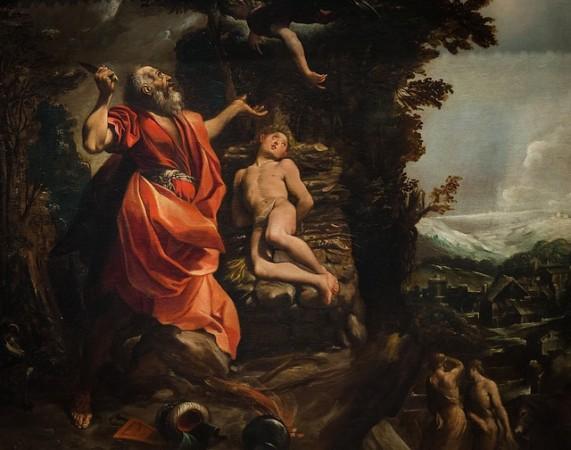
A recent discovery of the remains of 47 people, including at least 12 children, hints at the cruel side of Chimú culture, which flourished on the northern coast of Peru between the 12th and 15th centuries CE.
Workers who were laying down drinking-water pipes came across the bones in the beach town of Huanchaco, following which they notified the archaeologists.
Archaeologist Víctor Campaña León, director of the Las Lomas Archaeological Rescue Project said that the children's skeletons had cut marks on their chest bones, which were likely caused when their hearts were ripped out by breaking their ribs, reported Live Science, citing the Peruvian newspaper La República.
"We have also found a neonate, a newborn, who has also been sacrificed," said Campaña, as reported, by La República.
According to Newsweek, the archaeologist believes that these people performed sacrifices to appease the rain Gods. "What they (Chimú) wanted to do with the presence of the children in this arid area is to attract rain, to improve cultivation," he said.
However, this is not the most gruesome sacrifice recorded in history.
During the 7th to 3rd centuries BC, Carthaginian ruled over the coast of North Africa, coastal Iberia, and islands of the western Mediterranean Sea. Historial evidence hint that they used to sacrifice their own children in a brutal fashion.
"There was in their city a bronze image of Cronus, extending its hands, palms up and sloping towards the ground, so that each of the children when placed thereon rolled down and fell into a sort of gaping pit filled with fire," noted Diodorus - the famous Roman historian - and other ancient historians, according to the Guardian.
The Incas are also known to sacrifice their children to natural calamities. Some children were raised solely for sacrifice as they believed healthy children were the purest sacrifices. The children were well treated, fed excellent food and were even taken to meet the emperor before they were killed. Incas believed in the afterlife and thought that their children will be in a better place after they are killed.
Inca child mummies also suggested that they were drugged before the sacrifice, probably with coca and alcohol, explained National Geographic.
In recent times, albino children are being hunted down in Tanzania for their uncommon color, which is believed to be magical. Some children have lost their limbs in brutal superstition-driven attacks, reported Reuters. Their body parts are used in witchcraft and are being sold for huge amount of money.














